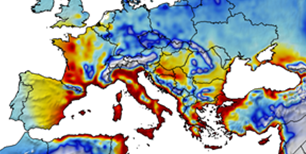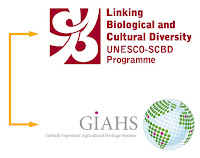Crop-pest dynamics in the Mediterranean Basin

Climate change will make assessing and managing crop-pest systems in the Mediterranean Basin more difficult than elsewhere on the globe. The Basin is in many ways a hot spot of global change, as higher than average projected climate change threatens an extremely rich and intertwined biological and cultural diversity, and increases its vulnerability to biological invasions. As a consequence, pest problems in this hot spot will require a holistic approach to deconstruct the elusive complex interactions that are the underpinning basis for sound decision making at the field level. Building on 30+ years of multidisciplinary progress inspired by pioneering work at University of California , the ENEA GlobalChangeBiology project in collaboration with CASAS Global is developing an interdisciplinary tool to mechanistically describe (i.e., model), analyze and manage agro-ecological problems based on the unifying paradigm that all organisms including humans acquire and allocate resources by analog

